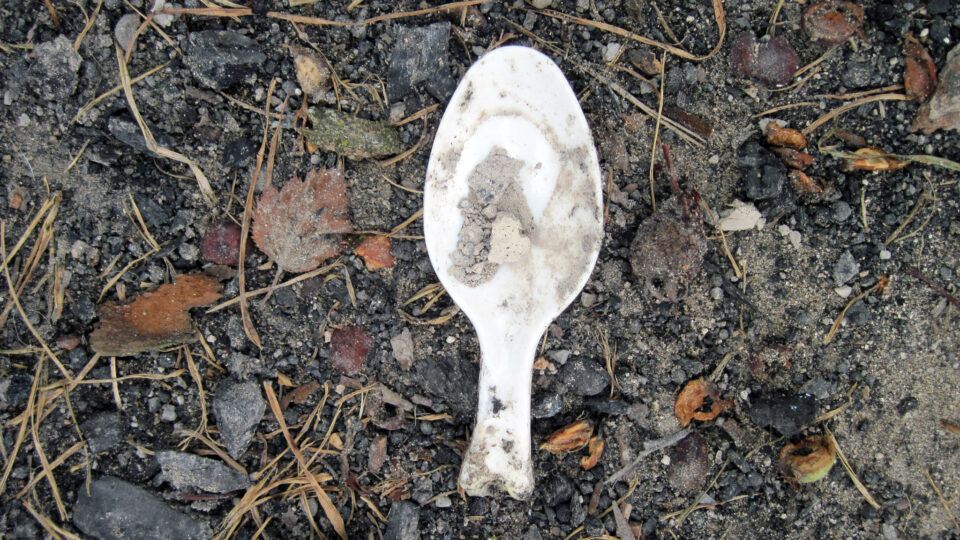Litter is persistent and widespread in rivers worldwide. The world’s major rivers and estuaries are hotspots for plastic waste. Trash and microparticles wash down tributaries and build up before rivers enter oceans.
New research published in the journal Freshwater Biology has found that as this waste accumulates, aquatic river species like insects and snails are increasingly choosing to settle on plastic rather than on natural features like rocks and fallen branches.
Researchers from the University of Nottingham in the UK collected plastic waste from three rivers in eastern Britain along with rocks from the same rivers. Their analysis of all the macroinvertebrates on the items’ surfaces found that the surfaces of plastic waste items had nearly four times the diversity of the small animals as did the rocks. In addition, the more complex the plastic’s surface was, the higher the diversity.
The growing abundance of plastic waste coincides with a decline in natural habitat features in urban rivers. This is a result of increasing amounts of sedimentation from development that blankets riverbeds in silt and sand, restricting the supply and movement of rocks, fallen tree branches, and aquatic plants.
Clearly litter can serve as a place for various species to colonize, but trash is not a good environment for them. Trash can release toxic chemicals and entangle animals. Microplastics pose risks for the animals if ingested.
Estimates are that between 1.15 and 2.41 million tons of plastic waste enter the ocean every year from rivers around the world. Natural habitats have become rare in urban rivers. River ecosystems built around piles of trash are not a good thing.
*********
Web Links
As Plastic Pollution in Rivers Gets Worse, Species Are Increasingly Living on Litter
Photo, posted August 17, 2010, courtesy of Renee_McGurk via Flickr.
Earth Wise is a production of WAMC Northeast Public Radio.
